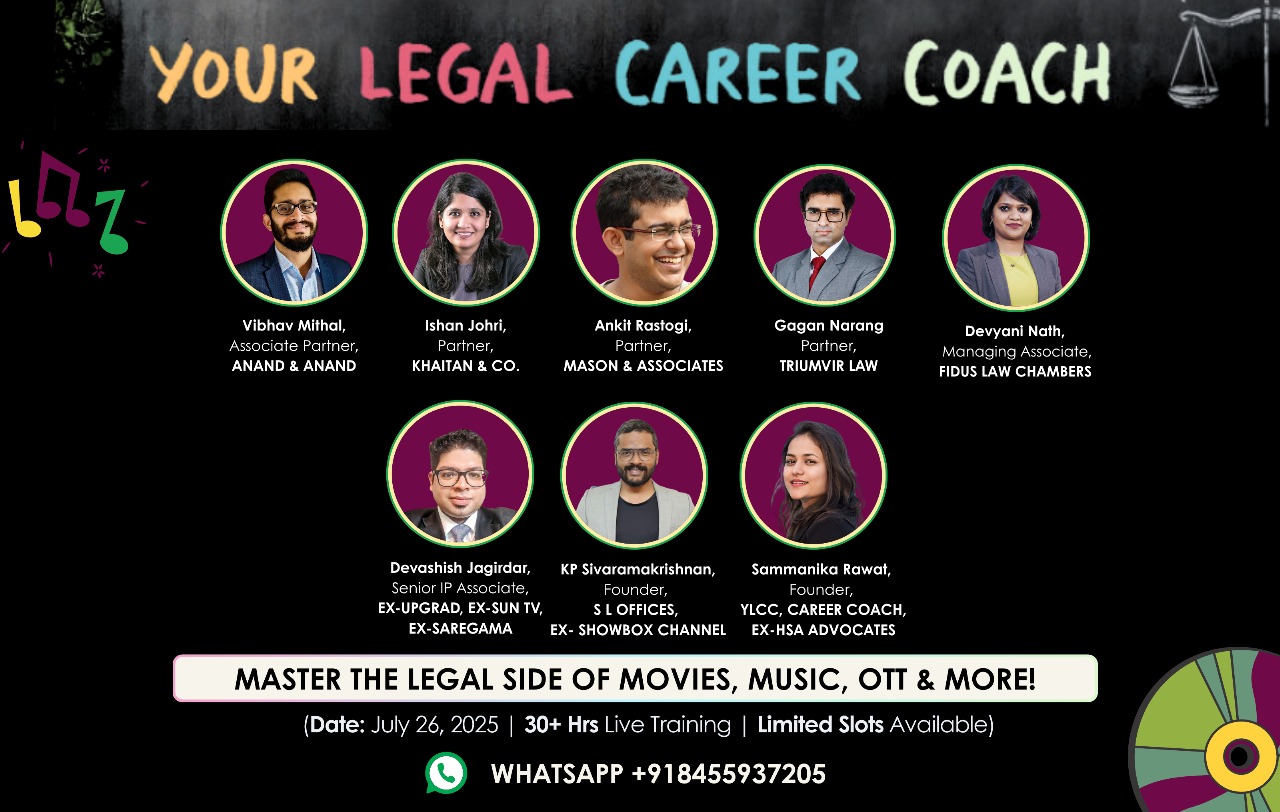
There was a time when my grandfather urged us to watch the news to gain knowledge and get updates on world affairs. But now, the news is flooded with updates on luxury Bollywood weddings, where we get to know the worth and cost of outfits, and these updates go on for months.
Elsewhere, other news channels and newspaper headlines focus on the weddings of big business tycoons in India. I don’t have a problem with this running on their channels, but as a result, my grandfather stopped urging us to watch the news because he doesn’t see the difference between watching the news and watching a movie or any other TV show. Like my grandfather, we are also tired of watching content like this in the media. As a middle-class person in India, these updates are not important to me at all. Updates related to the economy, politics, crime and law, disasters, and accidents, which shape perceptions and opinions, are the ones that truly matter, as they affect everyone, not just the middle class.
The reason behind this is corporate control over media ownership, which is why transparency in publishing content is being affected, and this has an impact on media affairs.
Need for Media Transparency and Accountability
Transparency in media ownership is the foundation of democratic discussion and accountability. In an era where information shapes public perception, understanding who controls the media is crucial for fostering informed citizenship and solid democratic participation. Now, it’s hard to ignore the increasing role of corporate ownership in shaping the content we consume. From news outlets to entertainment platforms, the influence of business giants on media is more pervasive than ever.
A relevant example of media control in India is Reliance’s influence over the media. Over the past decade, Reliance has steadily increased its stake in media companies, including major television networks like Network18 in 2014, which owns news channels such as CNN-News18 and CNBC-TV18. Reliance has also invested in newspapers, digital media outlets, and streaming services.
For example, in July 2024, during the wedding of Mukesh Dhirubhai Ambani’s son, the news of the wedding reached its peak, while other incidents, like the Wayanad landslide, which stunned India, barely received attention. This tragedy took over 420 lives, and the massive disaster caused widespread destruction over several kilometers, but I believe most people were unaware of it because it didn’t get much media coverage. This shows how media ownership can affect what gets reported.
Corporate control over media influences news selection and raises concerns about media ownership concentration and its impact on editorial independence. As we all know, mergers and acquisitions are fairly common occurrences in the business world, acting as mechanisms for growth and expansion. In India, mergers and acquisitions are at their highest point, reaching 80 percent by 2020 and 2021. However, in the 75 years of independence, hostile acquisitions remain rare. Some examples of hostile acquisitions in India include the Zee-Invesco dispute (2021) and Twitter’s acquisition by Elon Musk, as well as the Eurosport and TNT Sports merger. This is why Adani’s commitment to taking care of the NDTV group surprised many. It is interesting to note that only two successful hostile acquisitions have occurred in India.
While I am not concerned about the ownership of media networks, I am more concerned about the consequences these changes bring to the responsibility and roles of the media. Takeovers, such as the ones by the Adani Group and Mukesh Ambani, pose a potential risk to the integrity and freedom of the press. NDTV has been one of the few unbiased and fearless news agencies in India, and its takeover by a capitalist regime is a threat to the fourth pillar of democracy — the media.
Changes in Media Trends Due to Corporate Mergers
Before mergers and acquisitions, media outlets focused on political news coverage without interference, including government activities, elections, and policy changes. But now, media outlets avoid publishing news that could negatively affect their parent company, which has biased interests toward particular political affiliations. This has led to a lack of critical coverage of certain political figures or policies. Media now tends to publish homogenized content, which reduces the diversity of viewpoints and limits the range of political perspectives available to the public.
Nowadays, the media focuses on public interest stories, which often emphasize reporting stories that serve public interest. However, this focus sometimes leads to misinformation and fake news. While media debunking false information and promoting media literacy is essential, fact-checking and information verification have become crucial for the public. For instance, the media claimed a lot about the investigation into allegations against Delhi’s Chief Minister Arvind Kejriwal, but no credible information has emerged as the case is still unresolved.
As a result, the media industry often faces regulatory scrutiny to ensure that monopolistic practices or reduced competition don’t occur. Regulatory bodies, such as TRAI and the judiciary, have laid down guidelines to ensure that media channels and anchors remain neutral, unbiased, and professional. The media must avoid sensationalism and maintain ethical standards in reporting, which may include conditions to preserve editorial independence and prevent undue influence on political coverage.
Regulation of Media Ownership in India
In India, media ownership transparency and corporate accountability are governed by various laws and regulations.
- Telecom Regulatory Authority of India (TRAI)
The document analyzes the challenges of regulating media property in India, based on a consultation document published by TRAI that highlights the need to evaluate the concentration of property and its impact on plurality. It presents information from a roundtable involving several interested parties, emphasizing the deficiencies of the current legal framework and the complexities in evaluating property ownership. Recommendations are suggested to improve regulatory frameworks and guarantee best practices in media property.
Key Points:
- The TRAI consultation document addresses critical issues related to media property in India.
- Discussions emphasized the relationship between the concentration of property and the plurality of media.
- There are significant deficiencies in the existing legal framework regulating media property.
- Evaluating property and control in the media sector raises considerable challenges.
- The roundtable included various participants, including media owners, journalists, and academics.
- Key conclusions and recommendations for policymakers on media regulation were made.
- The document advocates for best regulatory practices to promote fairness.
Conclusion
Media is one of the pillars of a democratic society, along with the judiciary. It plays a crucial role in providing information, promoting transparency, and holding those in power accountable. Media ensures that citizens are well-informed and serves as a watchdog, uncovering corruption, misconduct, and abuses of power, which binds the government and public servants to work fairly and impartially.
Media played a powerful role during the struggle for independence, serving as a communication tool, mobilizing the masses, and disseminating nationalist ideas. It provided a platform for leaders like Mahatma Gandhi, Bal Gangadhar Tilak, and others, supporting the rally for independence. Publications like Young India, Harijan, and Kesari were the mouthpieces for the freedom struggle. But what if these media houses had been under the control of the British?
This article has been written by Kirti Sharma. For any other queries, reach out to us at: queries.ylcc@gmail.com






